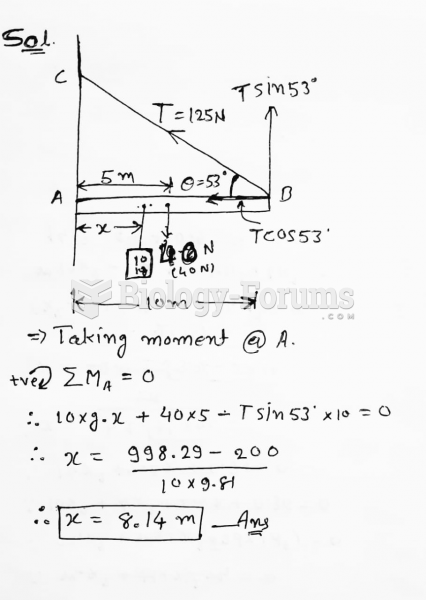This topic contains a solution. Click here to go to the answer
|
|
|
Did you know?
Elderly adults are living longer, and causes of death are shifting. At the same time, autopsy rates are at or near their lowest in history.
Did you know?
Aspirin is the most widely used drug in the world. It has even been recognized as such by the Guinness Book of World Records.
Did you know?
Your heart beats over 36 million times a year.
Did you know?
Blood is approximately twice as thick as water because of the cells and other components found in it.
Did you know?
On average, the stomach produces 2 L of hydrochloric acid per day.







